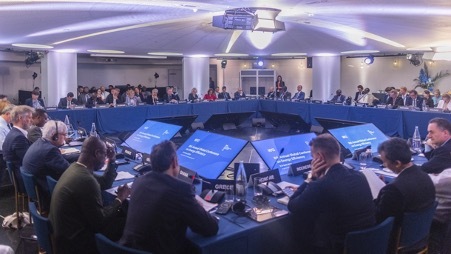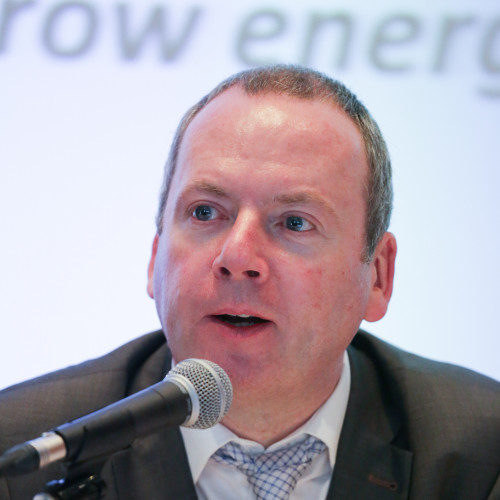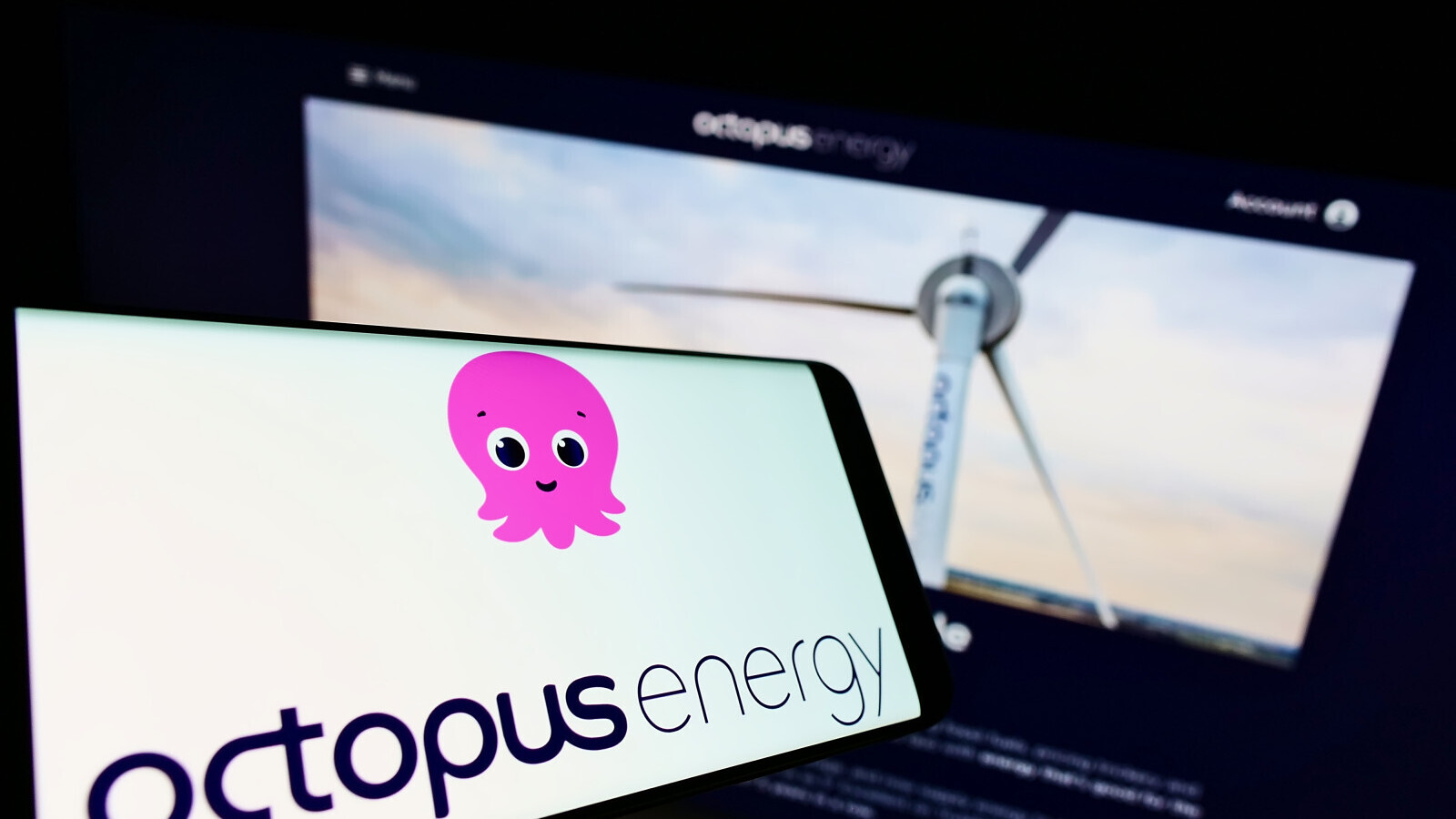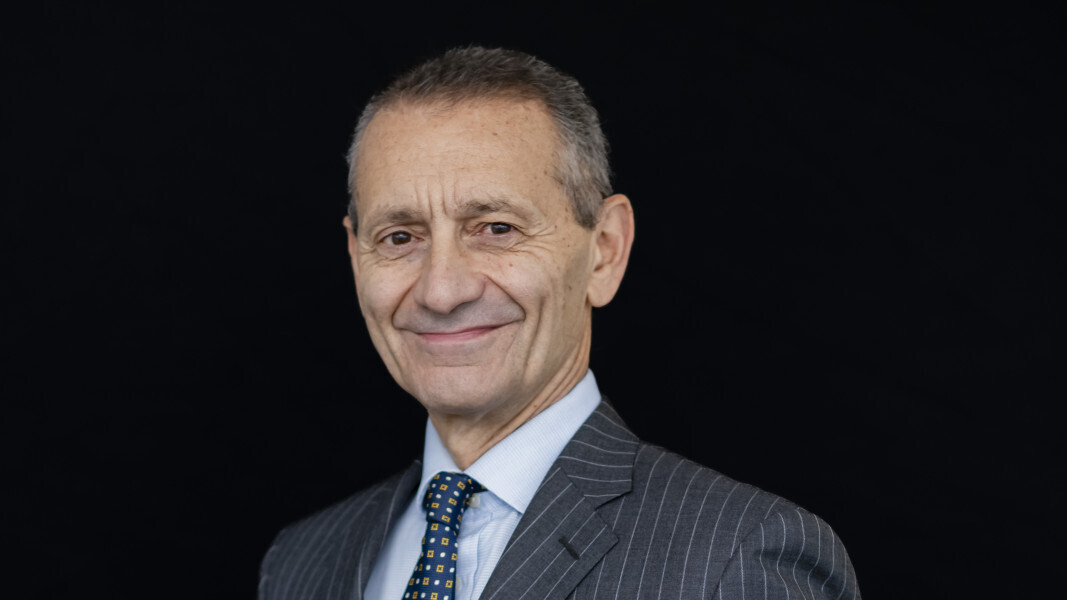
Financing efficiency: In pursuit of IEA’s ambitious climate vision
The world of climate regulation now has its own 'Treaty of Versailles' and it's all about efficiency
“It is hard to overstate the importance of energy efficiency”, declared Dr. Fateh Birol, the well-known executive director of the International Energy Agency (IEA).
Dr. Birol was speaking at the IEA’s annual energy efficiency conference, convening this year in Versailles, the French town that is no stranger to multilateral negotiations.
The conference brought together a crowd of some weight: 30 policymakers and 50 corporate executives from around 90 countries. By the IEA’s count the event represented 70% of global energy consumption.
They rallied around an ambitious common goal: energy efficiency must double by 2030.
The ministerial statement that was signed in Versailles lists a plethora of associated benefits: “[the goal] would create jobs, expand energy access, reduce energy bills, decrease air pollution, and diminish countries’ reliance on fossil fuel imports”.
So, why is energy efficiency so critical to the transition and, perhaps more importantly, how is it financed?
Energy efficiency and decarbonisation
Partly, efficiency is a demand-side solution to decarbonisation. Efficiency refers to the ability of meeting more demand with less supply.
An increase in energy efficiency is associated with slower energy demand growth, which is a key factor in addressing fossil fuel reliance.
As the IEA noted, “more energy-efficient cars, trucks and aircraft reduce oil demand in the transport sector, more efficient steel, cement and chemical manufacturing reduces fossil fuel use in industry."
There is also the added benefit of energy security. Efficiency of supply has an outsized effect on cost of consumption such as increasing energy efficiency could lower energy costs, according to the Versailles statement.
Historically, energy security has been the backbone of fossil fuel perseverance – every energy crisis tends to increase the political weight of fossil fuel industries.
Particularly in emerging markets, such as India and China, governments are often sceptical of phasing out fossil fuels out of fear of compromising hard-earned energy security.
Energy efficiency’s simultaneous links to both decarbonisation and energy security magnify its importance to the transition. For instance, Europe’s path to ending reliance on Russian gas by 2030 relies on increasing energy savings by about 13%.
If we are to achieve our goals around energy efficiency and net zero, investment in energy efficiency must triple this decade.

Financing efficiency: the role of governments
Doubling energy efficiency by 2030 is an expensive affair: efficiency increasing technologies need to be deployed in energy grids across the world and innovation in these technologies needs to be incentivised and supported by the public purse.
“If we are to achieve our goals around energy efficiency and net zero, investment in energy efficiency must triple this decade," said Brian Motherway, IEA’s head of energy efficiency.
The role of supportive policies and public sector investments is critical.
Kevin Kariuki, vice president of the African Development Bank, called on the African public sector to take charge: “African governments should facilitate the creation of energy efficiency markets."
Kariuki’s point is a well-founded one: for private investment in energy efficiency to be viable, firms must have confidence in scale of demand. This confidence begins in the public sector.
In addition, altering consumption patterns can facilitate private investment in efficiency.
Claude Termes, Luxembourg’s energy minister stressed on the need to shape demand through standards for consumer goods. “If you can only sell efficient, the money will go there," he declared.
Governments have also been willing to offer financial incentives to private players.
Tan See Leng, Singapore’s second minister for trade and industry, discussed the country’s financial incentives program: an energy efficiency fund for large enterprises and an energy efficiency grant for smaller firms.
In 2024, the IEA will take the energy efficiency dialogue to Nairobi, Kenya. Until then, as Dr. Birol stressed, all eyes are on Dubai, which hosts COP 28 later this year, a platform where the IEA’s “Treaty of Versailles” will be revisited.
Also read
Revealed: the influence of proxy advisers and ESG rating agencies on investor voting behaviour




